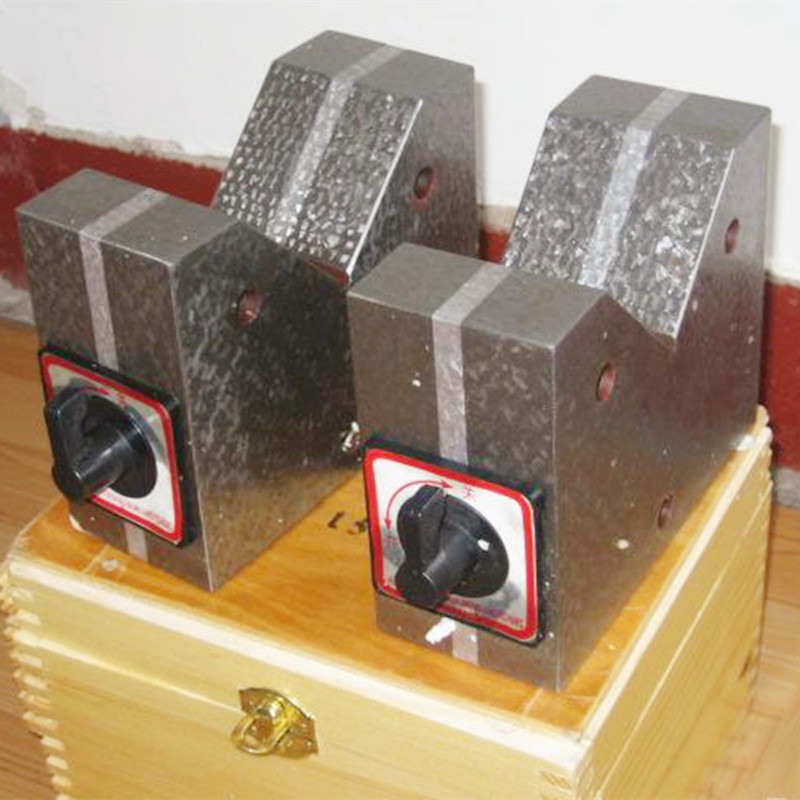nov. . 07, 2024 21:03 Back to list
Calibration Techniques for Spline Gages in Precision Measurement Applications
Understanding Spline Gage Calibration
Spline gages play a critical role in various manufacturing processes, particularly in maintaining the precision of workpieces. These gages are used to measure the contour of objects, ensuring that they meet specified dimensional tolerances. However, the effectiveness of spline gages largely depends on their calibration. This article delves into the importance of spline gage calibration, the methods employed, and the best practices to ensure accurate measurements.
What Is Spline Gage Calibration?
Calibration is the process of verifying and adjusting an instrument's accuracy against a standard. For spline gages, calibration involves comparing the measurements taken by the gage with known reference standards to identify any discrepancies. The primary goal is to ensure that the gage provides accurate readings that align with national or international measurement standards.
Calibration is essential as it helps maintain the integrity of the manufacturing process. Even minor inaccuracies in measurements can lead to significant issues in product quality, affecting performance and safety. Regular calibration of spline gages is crucial to prevent such problems and ensure consistency in manufacturing.
Importance of Spline Gage Calibration
1. Precision and Accuracy The primary purpose of calibrating spline gages is to ensure precision in measurements. Accurate measurements are vital for quality control in manufacturing, where even slight deviations can lead to catastrophic failures or costly rework.
2. Quality Assurance Manufacturing industries are often subjected to stringent quality assurance processes. Regular calibration of spline gages supports compliance with industry standards, enhancing product reliability and customer satisfaction.
3. Cost Efficiency By ensuring that gages are properly calibrated, manufacturers can reduce waste and minimize material costs. Accurate measurements lead to fewer defective parts, which results in lower rework and scrap rates.
4. Safety Concerns In industries where safety is paramount, such as aerospace or automotive manufacturing, inaccurate measurements can have dire consequences. Regular calibration helps mitigate risks associated with faulty measurements that could endanger lives.
Methods of Spline Gage Calibration
Calibration of spline gages can be achieved through a variety of methods, including
spline gage calibration

1. Direct Calibration This method involves comparing the spline gage’s measurement against a master gage or known standard. The gage is adjusted until its readings match those of the master gage. This is often done using high-precision measuring equipment.
2. Indirect Calibration In some cases, indirect calibration methods may be employed, where the spline gage is calibrated in conjunction with another measurement tool. This method is useful when direct calibration is not feasible due to size or accessibility constraints.
3. Routine Checks Regular checks should be integrated into the manufacturing process. This approach involves periodic evaluations of the gage’s performance over time to ensure it remains within acceptable tolerance levels.
4. Environmental Considerations Calibration should also take into account environmental factors, such as temperature and humidity. Fluctuations in the environment can affect the materials used in spline gages, leading to inaccurate readings. Thus, calibrators should ensure that such factors are controlled or documented during the calibration process.
Best Practices for Calibration
To achieve optimal calibration results, manufacturers should adhere to certain best practices
1. Documentation Maintain detailed records of all calibration activities, including the date, method used, and results. This documentation is vital for traceability and compliance with industry regulations.
2. Training Ensure that personnel performing the calibration are adequately trained. This includes understanding the principles of measurement and the specific characteristics of the equipment being calibrated.
3. Regular Intervals Establish a calibration schedule based on equipment usage and manufacturer recommendations. Regular intervals can help catch potential issues before they affect production.
4. Use of Quality Standards Only use approved reference standards for calibration. Ensuring that the standards themselves are regularly calibrated is essential for maintaining measurement accuracy.
Conclusion
Spline gage calibration is an indispensable aspect of modern manufacturing. By ensuring that these gages provide accurate and reliable measurements, manufacturers can uphold product quality, enhance safety, and optimize production efficiency. As industries continue to evolve, the significance of precise measurement will only grow, making regular spline gage calibration an essential practice for achieving excellence in manufacturing.
-
Why Metric Trapezoidal Thread is Ideal for Precision Motion ControlNewsAug.05,2025
-
The Unique Properties of a Block of Granite for Industrial UseNewsAug.05,2025
-
The Role of Flanged Y Strainers in Preventing Pipeline ClogsNewsAug.05,2025
-
The Importance of Regular Calibration for Master Ring GagesNewsAug.05,2025
-
How a Cast Iron Surface Table Enhances Accuracy in ManufacturingNewsAug.05,2025
-
Comparing Different Check Valve Types for Optimal Flow ControlNewsAug.05,2025
Related PRODUCTS









